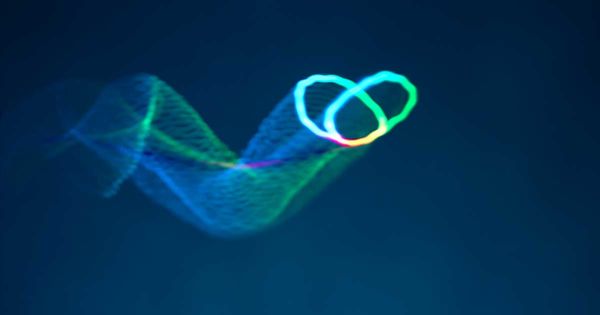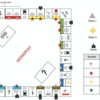We’ve seen holograms of human organs, circus elephants, and even long-dead musicians.
But now, researchers from the University of Sussex have found a way to create cutting-edge holograms that you can not only see but also hear and even feel — and they pulled it off by drawing on some vintage tech.
The researchers published a paper on their device, which they call the Multimodal Acoustic Trap Display (MATD), in the journal Nature on Wednesday.
The device works by using ultrasound waves to trap and move a two millimeter-wide polystyrene bead around in midair. The bead traces out an object’s shape in three dimensions while LEDs shine red, green, and blue light on it.
Because the bead is moving so fast, the human eye sees only the completed shape — a compelling illusion not entirely unlike the way a rapid series of still frames looks like a moving image.
“Our new technology takes inspiration from old TVs which use a single color beam scanning along the screen so quickly that your brain registers it as a single image,” researcher Ryuji Hirayama said in a press release. “Our prototype does the same using a colored particle that can move so quickly anywhere in 3D space that the naked eye sees a volumetric image in mid-air.”
The use of ultrasound waves allows the device to produce audible noise as well as a physical sensation.
“Even if not audible to us, ultrasound is still a mechanical wave and it carries energy through the air,” researcher Diego Martinez Plasencia said in the press release. “Our prototype directs and focuses this energy, which can then stimulate your ears for audio, or stimulate your…



